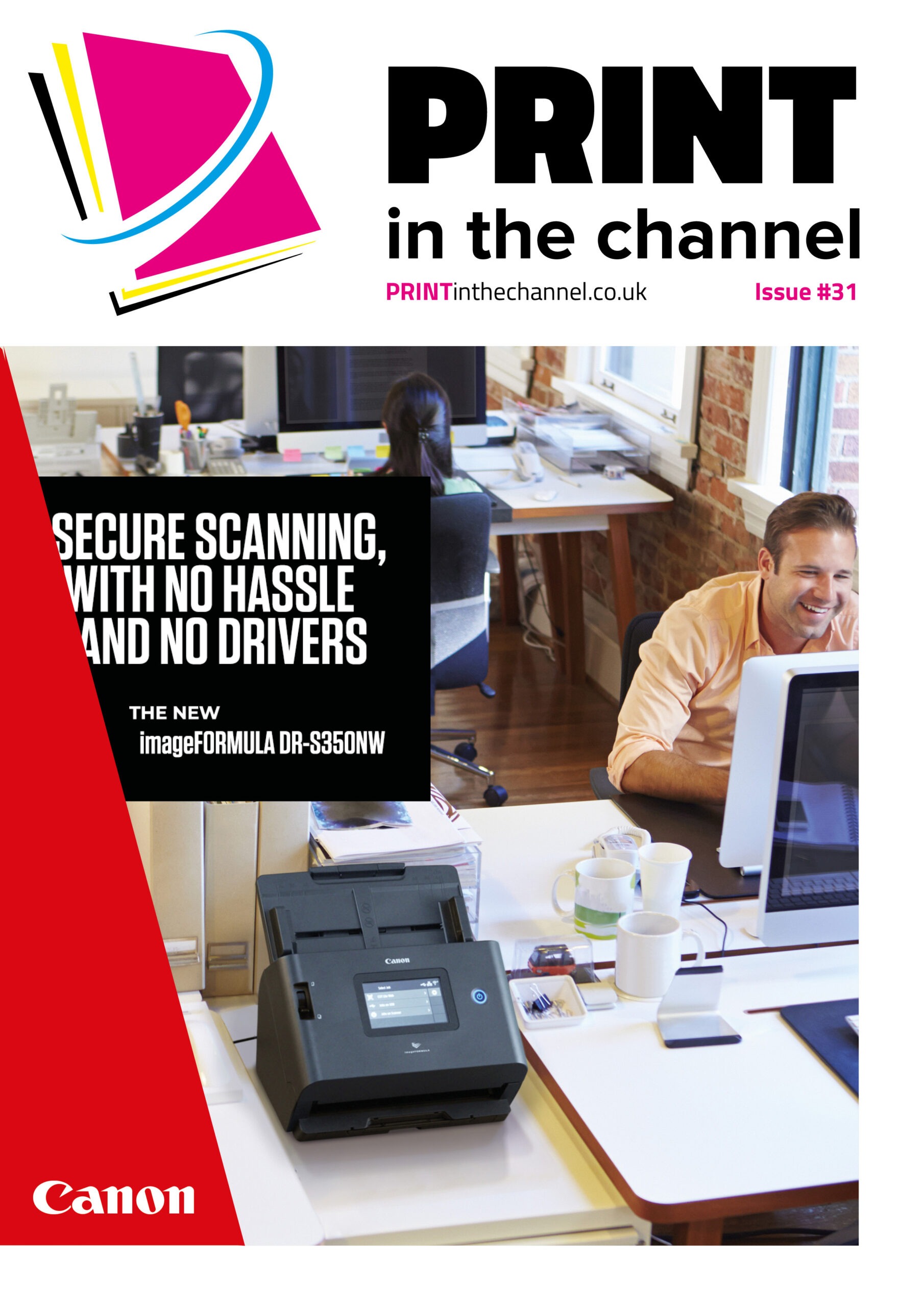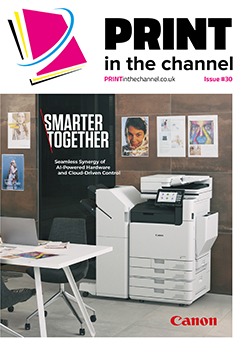Customer expectations for their point of sale systems are changing, with greater desire for mobile solutions and increasing amounts of usable data – and this provides opportunities for resellers.
The retail and hospitality sectors have been through a rollercoaster in economic terms in recent years. With the ongoing cost of living crisis putting the squeeze on the discretionary spend of many people, businesses in these sectors have been pushing hard to become more efficient and deliver a better customer experience.
Central to this has been the point of sale (PoS) systems they use in their retail spaces, and their demands have changed in recent years, which is something resellers should be alive to.
“Customers in retail and hospitality are increasingly demanding speed, efficiency, and convenience from PoS systems,” says Jay Kim, managing director, Bixolon Europe. “They are looking for solutions that minimise waiting times, especially during peak seasons such as Christmas. Mobile PoS systems paired with mobile printers allow for payments and receipt printing to happen anywhere in a store or restaurant, significantly reducing queues and enhancing the overall customer experience by reducing waiting times.
“Customers are also increasingly expecting transparency in pricing and clear labelling, especially for product markdowns and discounts. For example, our XM7-20 label printer is being used extensively in this application, effectively addressing this demand.”
A spokesperson for Square agrees that customers are increasingly expecting seamless and convenient payment experiences. “This includes the ability to pay via various methods, such as contactless payments, mobile wallets and digital currencies,” they add. “As a result, PoS systems are now required to integrate with a wide range of payment options to cater to diverse customer preferences.
“This is why offering multiple payment options benefits retailers by increasing sales potential and customer satisfaction. It provides customers with flexibility and convenience during checkout, leading to a smoother shopping experience and encouraging repeat business for retailers.
“Our Future of Retail report highlighted that 39% of retailers plan to stay competitive this year by providing more payment options, such as contactless payments and services like buy now-pay later.”
Easy integration
The spokesperson adds that businesses are seeking PoS solutions that can easily integrate with other systems such as inventory management, accounting software and marketing platforms. “Scalability is also crucial, as companies aim to expand their operations without being constrained by their pre-existing PoS infrastructure,” they say.
Alan Holcroft, Northern Europe country manager at Cegid, says that customers increasingly want a PoS system that can extend into other solutions rather than needing data to flow between a PoS and external CRM.
“For the retail sector, modern PoS systems play a key role in delivering omnichannel experiences. That’s why they need to be engaging for store staff but also flexible enough to perform more than one task. This could be taking payment or having access to a store’s full inventory.”
Connectivity requirements
Jay adds that customers in the retail and hospitality sectors also have differing connectivity requirements, depending on the required application. “While customers continue to use a variety of connectivity options, traditional interfaces such as Serial are becoming less common,” he says.
“Instead, Wi-Fi and Bluetooth are now growing in popularity. This shift is particularly notable among retail and hospitality businesses looking to increase the number of terminals and printers in their brick-and-mortar stores. These wireless interfaces reduce the need for additional cabling and infrastructure, offering greater flexibility in store layout and easier deployment.”
Flexible friends
Greater flexibility is something that customers also want from their PoS solutions, especially, as Jay notes, as mobile and kiosk PoS solutions are becoming critically important in the retail and hospitality sectors. “Their popularity is set to grow as they provide significant benefits by reducing queues and therefore improving customer experience,” he says.
“Mobile PoS systems [also provide] the ability to quickly update and print labels and produce receipts on-site using mobile linerless printers meets the increasing demand for pricing transparency and compliance with regulations such as the EU Omnibus Directive and Natasha’s Law.”
Alan agrees that mobile PoS solutions are becoming increasingly important. “Mobile PoS has been around for a long time but at Cegid we’ve seen a real acceleration where retailers are actively talking about embracing a mobile-first strategy,” he says. “Stores are being built with this mobile functionality in mind so that every salesperson on the shop floor has access to a device that can serve the customer better in many ways. In fact, one of the luxury retailers we work with has nearly 200 devices in their store alone.
“I think it’s a trend that’s only going to grow in popularity especially when you consider the premium on retail floorspace. By leveraging composable architecture, you can easily give staff access to a digital product catalogue that is accessible through the mobile PoS to open up omnichannel selling opportunities.
“But getting a mobile PoS right does mean thinking about the customer journey, staff adoption and store design. Neglecting to consider this could hurt implementation.”
Harnessing data
Retail and hospitality customers are also looking to harness the data provided by PoS systems to help give them greater insights into the buying habits of their customer base. “It’s an absolute imperative for customers,” says Alan. “The PoS solution is the technological face between you and the consumer and the transaction you’re creating. By leveraging that data, it can help you better forecast trends or even unlock new revenue streams.
“Cegid ran an omnichannel trial with one of our customers in a handful of their stores where we implemented click-and-collect. Within a few days, it was apparent that this was a service that their customers wanted so they were able to expand it. The trial also highlighted a bigger opportunity to open up stock that was held in-store and not just the warehouse by offering click and reserve in-store.
“By not looking at the data, retailers could miss huge opportunities to increase profitability. It’s also easier than ever before to harness intelligence quickly because the software tells you how much the stock is costing you and how much revenue could be unlocked by leveraging endless aisle.”
Getting into the market
With demand for PoS solutions continuing to grow, it is a market that resellers can look to get into to expand their portfolio. For those looking to get into the market, Alan advises resellers should pick a specific vertical within retail or hospitality. “And then build up the skillset required in that area before expanding into new markets,” he says.
“There are so many differences between having a skillset in a solution for a jewellery retailer compared to a petrol forecourt, for example. The requirements and specifics needed can be worlds apart even though they both share the same premise theoretically.
“I’d also recommend focusing on one geography at a time as the compliance rules and trading practices can vary hugely from country to country.”
Future
The future also looks promising for sales of PoS systems. “As retailers have made efforts to increase efficiency and enhance the customer experience, portable and/or mobile PoS solutions have started to gain traction to meet the evolving needs of the retail industry,” says the Square spokesperson.
“Portable retail PoS solutions also reflect the trend towards giving customers the ability to purchase products and services in whatever manner is most convenient for them. This includes not only traditional in-store shopping, but also online ordering for in-store or curbside pickup.
“Similarly, mobile PoS systems offer flexibility and mobility, allowing businesses to process transactions anywhere within the store or even beyond traditional bricks-and-mortar locations. Both of these PoS technologies are characterised by greater flexibility, intelligence and personalisation, which makes them a preferable choice for many small and independent businesses.”
Jay adds that the future of PoS systems lies in increased mobility, integration and data utilisation. “Mobile PoS systems will likely continue to grow in popularity, driven by the demand for faster and more flexible payment solutions,” he says.
“Integration with advanced data analytics will enable businesses to gain deeper insights into customer behaviour and improve personalisation. The focus will also be on enhancing the customer experience by using mobile receipt and label printing technology, along with innovative features such as contactless payments, self-service kiosks and real-time inventory updates. As technology continues to evolve, PoS systems and mobile printing technology will play an even more pivotal role in driving business profits and customer satisfaction.”
AI impact
Another key factor in the development of PoS systems in the future is artificial intelligence (AI), Alan adds. “Without a doubt, generative AI will have the biggest impact,” he says. “Internally we’ve been holding several studies and workshops to understand and envisage what the future PoS system will look like and how we can expedite implementation.
“Currently, we invest a lot in designing the interface and experience to make the system easy to pick up with little to no training. With generative AI embedded, complex manual tasks will be simplified into easy-to-execute solutions, and it will be much easier for store staff to better serve the customer.
“For example, today if a customer enters a luxury store, the store associate needs to identify that customer and use their instinct on what products they believe they would be interested in based on CRM data and what’s available in the product catalogue. With generative AI, the store associate can quickly suggest items via a series of prompts and at the same time check if it’s in stock or where it’s available before making a recommendation.
“While offline and online experiences will always be different, PoS systems in the future will be able to better leverage online data more seamlessly in the offline world.”










